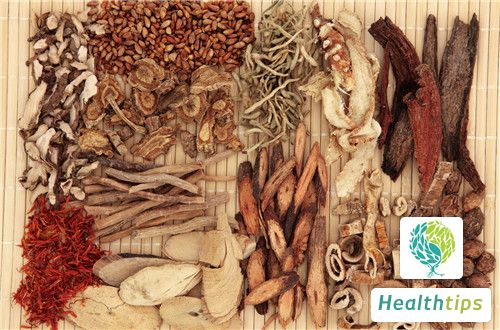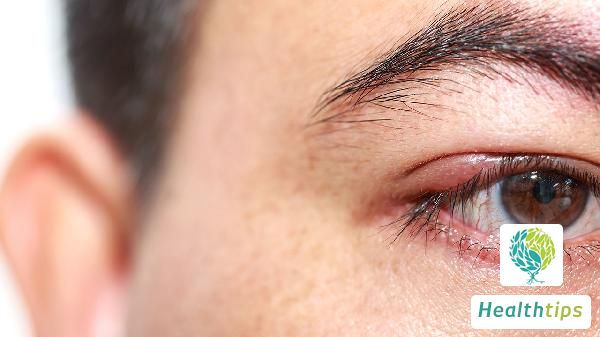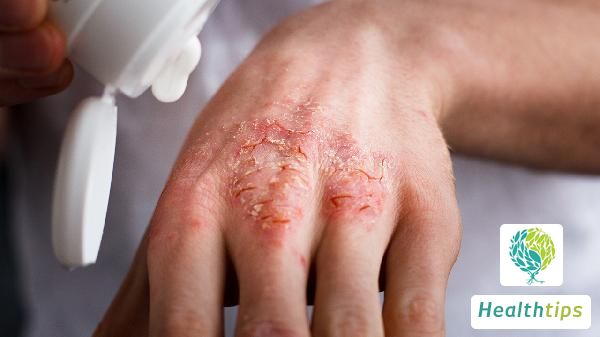Hosta Leaves can be used to treat abscesses, boils, and snake and insect bites, either taken internally or externally. For internal use, they can be directly boiled into a soup or pounded into juice and mixed with alcohol. For external use, they can be directly pounded and applied to the skin or the juice can be dripped into the ear. They can also be combined with other traditional Chinese medicinal herbs to treat mastitis, breast abscesses, ear discharge, and stubborn ulcers. However, it is necessary to follow the doctor's instructions for use.

Morphological characteristics of Hosta Flowers: Perennial herb with thick rhizome and numerous fibrous roots. The leaves form clumps, heart-shaped oval with long stalks and arched veins. The flowers emerge from the leaves, surpassing the leaf surface, with 9 to 15 flowers forming a raceme. The flowers are white or purple, fragrant, with elongated corolla tubes and six lobes at the tip, shaped like a funnel, blooming from July to September. The seed pods are cylindrical, splitting into three when mature, with black seeds and wings at the top.
Prescriptions for Hosta Leaves:
1. To treat breast abscesses, boils, and snake bites: Wash fresh Hosta leaves, pound them, and apply externally.
2. To treat ear discharge: Wash fresh Hosta leaves, pound them, and drip the juice into the ear.
3. To treat mastitis: 50g of whole Hosta plant and 100g of spinach. Boil and take.
Main Functions and Treatments: Treat abscesses, boils, and snake and insect bites.
1. "Compendium of Materia Medica": For snakebite injuries, pound the juice and mix with alcohol, apply the residue with a hole in the center for ventilation.
2. "Illustrated Handbook of Chinese Medicinal Plants": Apply the whole plant externally to treat breast abscesses, boils, and stubborn ulcers.
3. "Herbal Handbook of Jiangxi": The whole plant treats blood vomiting and relieves the toxicity of cantharides.




















